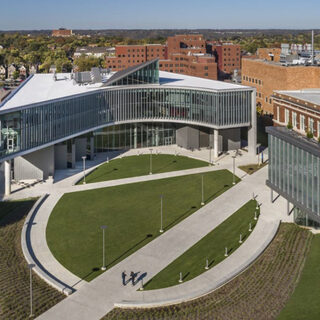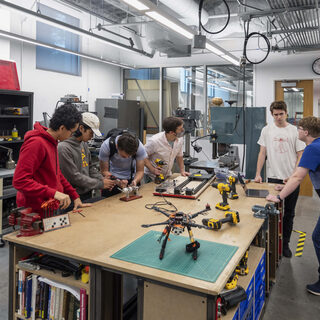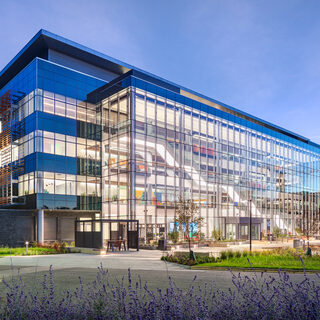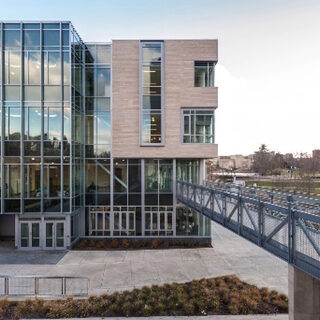Tradeline's industry reports are a must-read resource for those involved in facilities planning and management. Reports include management case studies, current and in-depth project profiles, and editorials on the latest facilities management issues.
Latest Reports
Health Sciences Building Aims to Foster Bodies and Spirits as Well as Minds
The University of Cincinnati’s College of Allied Health Sciences designed a classroom building that lives up to its name, one that promotes the health and well-being of students and faculty, with ample natural light, healthy eating options, and spaces for quiet respite.
Next-Generation Engineering and Science Facilities
Training the scientists and engineers of the future requires academic spaces that are as much as a story taller and 1,000 sf bigger than in the past, and better-equipped to support entrepreneurship, industry partnerships, and hands-on learning. In addition to the standard makerspaces—with metal shops, machining labs, woodshops, prototyping, and 3D printing—students are also experimenting with wind tunnels and large water tanks.
Private Industry and Academic Institutions Unveil Post-Pandemic Hybrid Workplace and Space Utilization Initiatives
The evolution of space planning and utilization was kicked into overdrive during the COVID-19 pandemic, as everyone from private industry to higher education to government entities was forced to rethink who works where, and when. After three years of transition, organizations are now implementing innovative hybrid work scenarios and space utilization initiatives that reflect the new workplace landscape. The emerging solution is a hybrid work model that blends work-from-home with time spent at a shared physical work environment. That provides institutions the opportunity to make the most efficient use of the space they have, shed the facilities they don’t need, and focus on creating spaces that entice employees out of their home offices and back to the workplace.
Balancing Demands for Innovative University Facilities with Campus Heritage
How do you respect your campus’ architectural heritage while creating innovative spaces that will serve faculty and students for generations to come? Successfully balancing these demands means realizing what’s possible, studying the history and styles of existing campus buildings, and actively engaging stakeholders to understand their vision for the institution's future. The options run the gamut, from blending in with the historic landscape to creating an entirely new statement for the campus.
Master Planning in an Age of Turbulent Change
How do you measure the value of research? That’s the question many universities are contending with as they rethink and revise their master plans to reflect declining enrollments, a complex funding environment, and the realities of older facilities, amid competition for scarce resources. A fresh approach to space planning and benchmarking can help clarify the possibilities.





